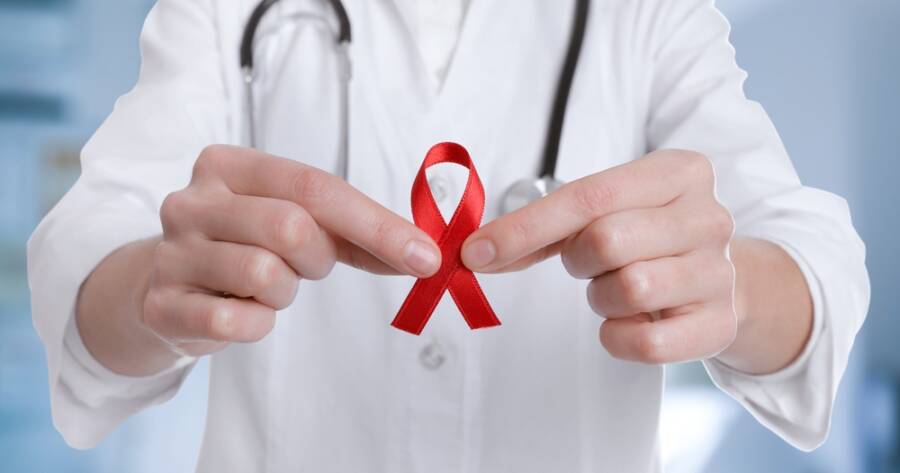HIV and AIDS are often mistaken for the same condition, yet they represent different stages in the body’s fight against a virus that targets the immune system. Understanding how HIV infection can progress to AIDS, and how modern treatments can prevent that progression, is vital for promoting awareness, supporting prevention efforts, and combating the stigma surrounding both conditions.
Understanding HIV and AIDS: Key Differences
HIV (Human Immunodeficiency Virus) and AIDS (Acquired Immunodeficiency Syndrome) are often mistakenly viewed as synonymous, yet they represent distinct stages and conditions. HIV is a virus that systematically attacks and undermines the immune system by targeting CD4 cells, also known as helper T cells. AIDS, on the other hand, occurs when the immune system is extensively damaged due to prolonged HIV infection, resulting in a CD4 count that falls below 200 per cubic millimeter of blood.
Transmission and Progression
HIV is primarily transmitted through the exchange of bodily fluids. It often occurs during unprotected sexual activities or through the sharing of needles, according to Healthline. Once transmitted, the immune system attempts to control the virus. The disease may then enter a latency period where symptoms are minimal or nonexistent. However, without effective treatment, the virus can slowly progress to AIDS over a period of years, compromising the immune system to the point where it can no longer fight off opportunistic infections and conditions such as pneumonia and certain cancers.
The Importance of Early Detection and Treatment
Early detection and treatment of HIV are crucial. Most often, HIV is diagnosed through tests that detect antibodies in the blood or saliva, or specific antigens related to the virus. The utilization of antiretroviral therapy (ART) plays a significant role in managing the infection.
ART can maintain a low viral load and prevent the progression from HIV to AIDS. This form of therapy is vital not only for extending the life expectancy of those infected but also for preventing transmission to others.
Preventative Measures and Continuing Research
Preventing HIV transmission involves several strategies. Consistent use of condoms, avoiding shared needles, and adhering to ART if diagnosed are practical measures. For those at high risk, pre-exposure prophylaxis (PrEP) offers a way to significantly reduce the risk of acquiring HIV. Although a vaccine for HIV is not yet available, significant research continues toward finding effective preventive measures and treatments that offer hope for the future.
Living With HIV
Modern medical advancements have transformed HIV into a manageable chronic condition. With proper treatment, individuals diagnosed with HIV can now live full and productive lives without ever advancing to AIDS. This shift in the narrative highlights the importance of comprehensive care strategies. Such strategies include not only medical treatment but also the provision of mental health support, nutritional guidance, and other aspects of holistic care that ensure overall well-being, as emphasized by Cempa Community Care.
Why You Should Learn More About HIV and AIDS Today
Understanding the crucial differences between HIV and AIDS is not only important for demystifying myths and misconceptions surrounding these conditions but also for fostering an informed and compassionate societal response. Knowledge about early detection, treatment options, and preventative measures can significantly impact individuals’ quality of life and contribute to public health efforts. Learning more about HIV and AIDS is pivotal in helping, supporting, and potentially reducing the stigma associated with these conditions, improving lives globally.
Sources
WebMD explains HIV and how it targets CD4 cells
Healthline discusses the distinction between HIV and AIDS
Cempa Community Care on Managing HIV




